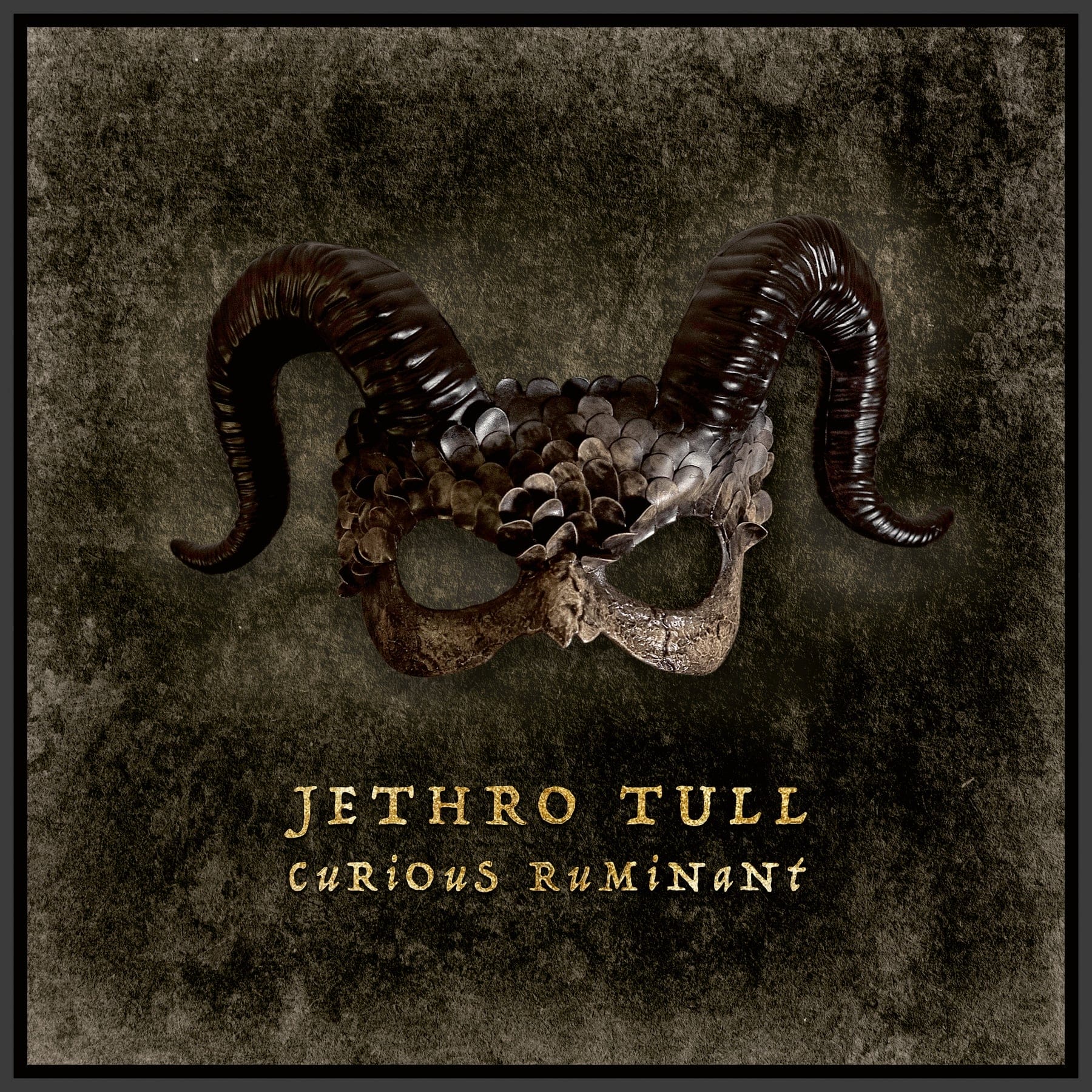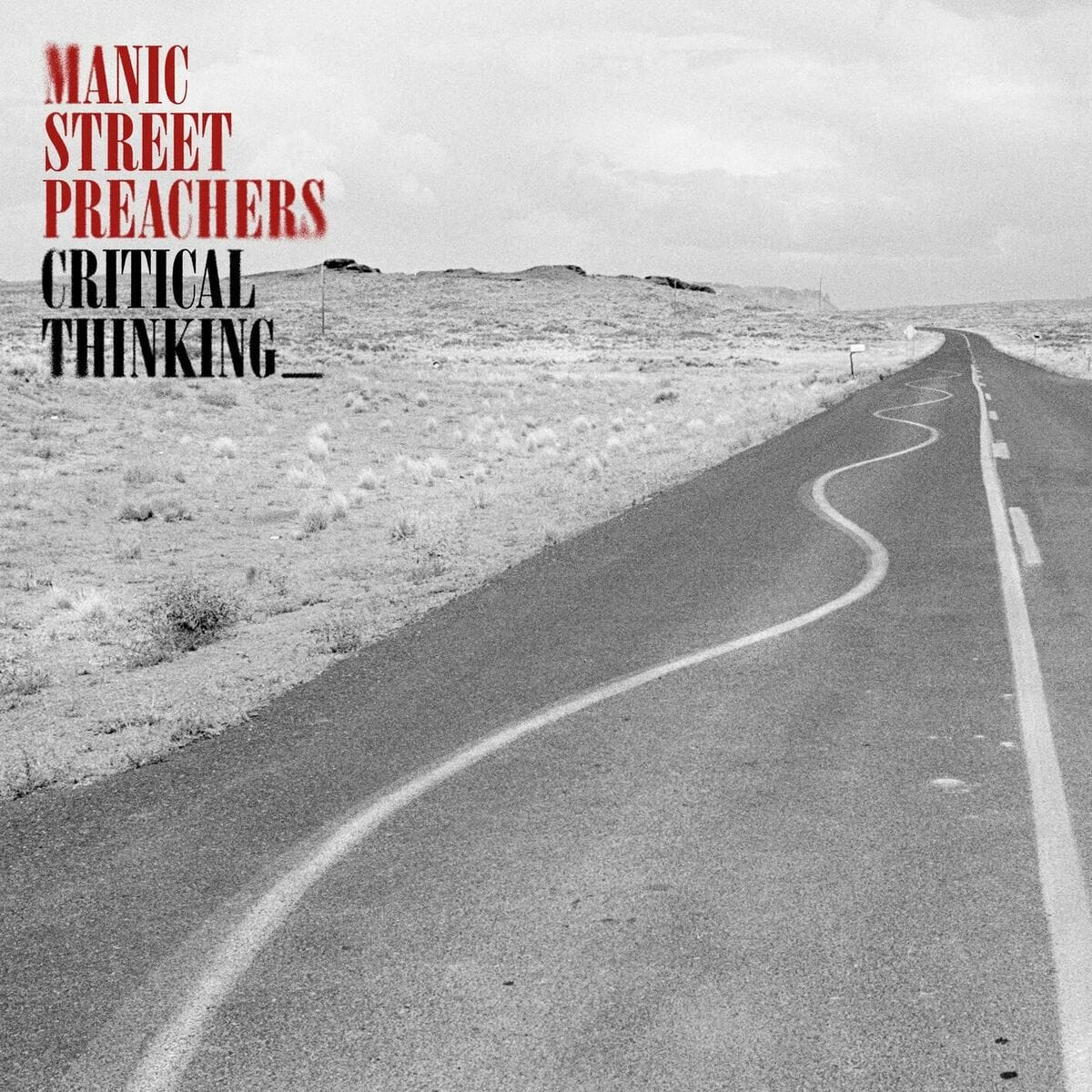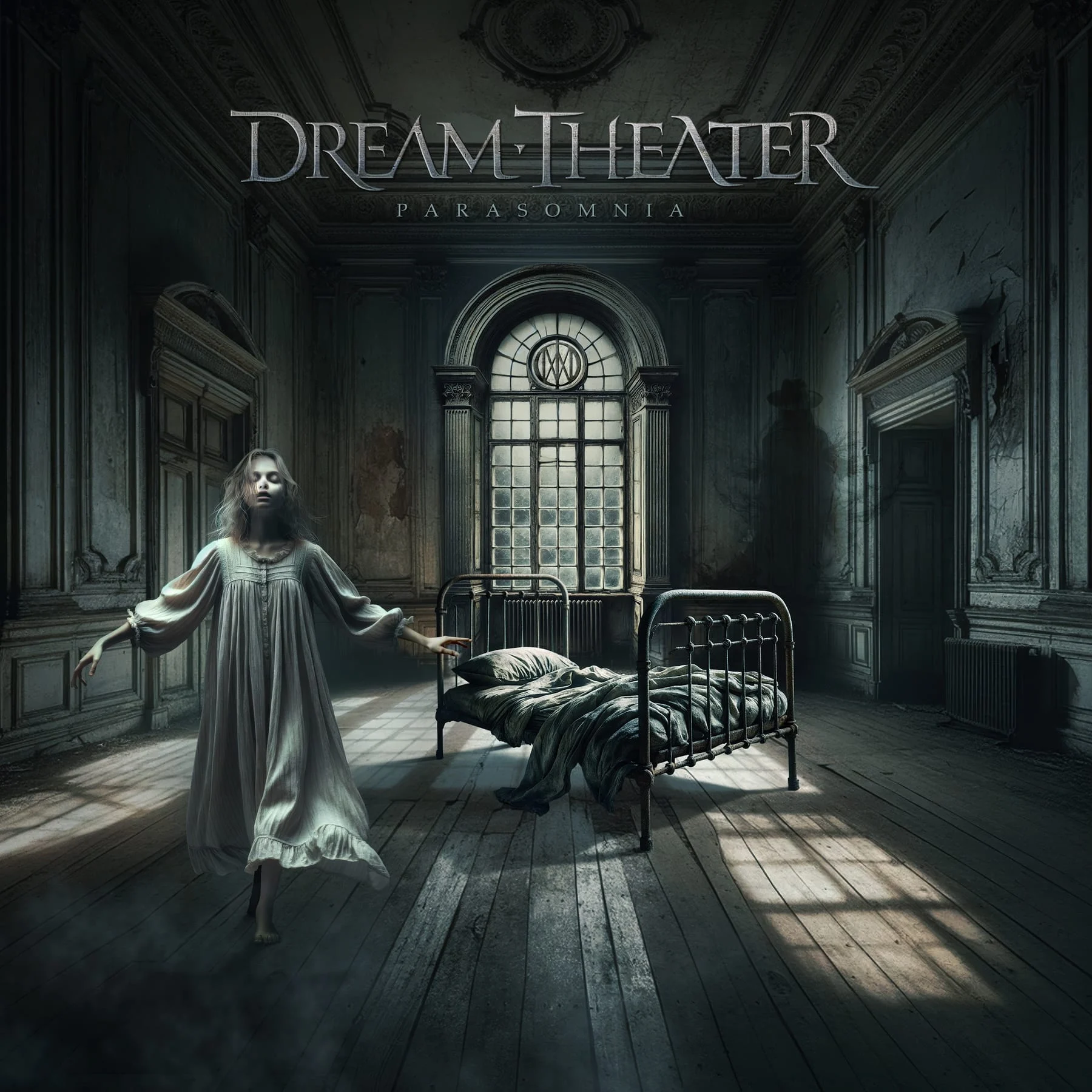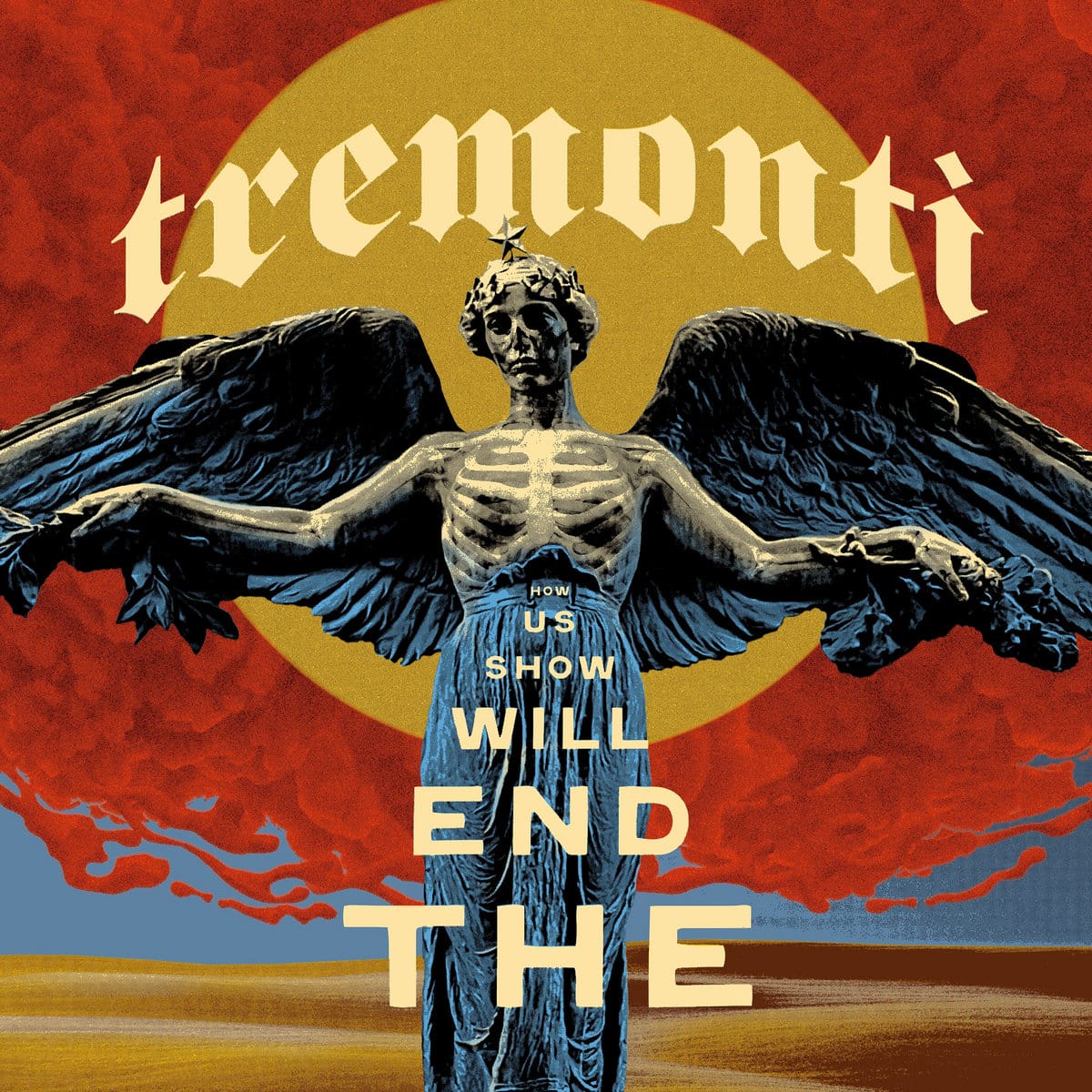If there’s a music genre that has taken the world by surprise over the last decade, permeating cultural barriers and captivating many, it’s K-Pop. Some K-Pop artists have achieved considerable success worldwide, and in terms of visibility and cultural impact, we could consider K-Pop almost a mainstream genre.
And it’s because K-Pop, as a hybrid of many genres, from hip-hop, R&B, EDM, and various elements we might associate with J-Pop, has a lot of potential to reach a broad audience. Moreover, it incorporates a visual aesthetic that makes its artists true entertainment phenomena.
One of the most recent K-Pop acts, and one that has achieved much success, is the girl group Aespa, (its name is commonly stylized in all lowercase, or æspa.) The group debuted in the year of the pandemic, 2020, quickly garnering high view counts for the videos of their first singles. Since then, their music has consistently secured top spots on global hit lists.
The band also produces futuristic short films, blending music with very interesting visuals, with a virtual reality concept where each band member has a virtual counterpart, or an “ae” version, within a universe with particular narratives that contribute to the group’s mythology. This approach not only sets them apart in the K-Pop landscape but also positions them as pioneers in integrating technology and music.
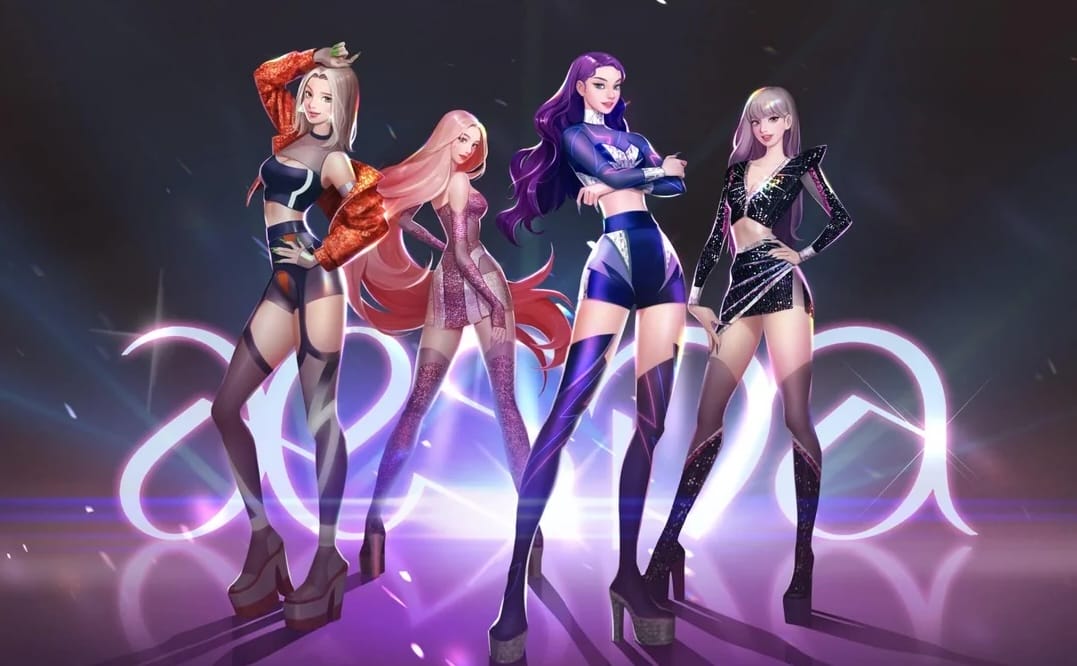
This year, they released their first full studio album, titled “Armageddon,” an ambitious album with top-notch production, lots of energy, and futuristic sounds. A mix of hip-hop, pop, and electronic music, with sonic environments ranging from a cold, menacing, and dissonant character to saccharine pop.
The melodies are modern, innovative, and extremely catchy, deliberately designed to resonate in the listener’s mind long after hearing them, and performed with so much attitude that they can even come off as a bit intimidating. The voices of the four girls that make up Aespa blend well, singing with sharp and dynamic precision.
The songs are composed of different parts and arrangements that sometimes seem to emerge out of nowhere, in a way that can be somewhat disconcerting, as if they were songs created more with the intention of entertaining, surprising, and hooking the listener every second, rather than telling a unified story. I’ve always thought that this tendency to be like a collage of almost random parts is a characteristic of K-Pop, reflecting well its nature as a fusion of diverse musical styles. Armageddon takes this to another level.
And well, there’s no reason why a song should always have a strict musical sense based on something like traditional harmonies and structures. This is pop, designed to entertain and enchant the listener, and in this sense, “Armageddon” seems to me a tremendous success. Still, I must say the first half of the album seems to have stronger material, while the second half seems more moderate and sweeter.
Not only is the production of “Armageddon” of very high quality, but we must also consider that Aespa’s music is just one part of the whole package, which includes equally important elements such as music videos and short films with their elaborate visuals, the group’s futuristic theme with an emphasis on virtual reality, and of course, one of the most emblematic elements of all K-Pop, the elaborate and energetic choreography performed by the attractive members of Aespa when interpreting their songs.
This choreographic aspect is truly impactful. I must confess that I discovered and got interested in the group after stumbling upon some of their concert reels, and appreciating (among other things) their choreography.
As they themselves expressed in an interview, it’s about a concept of “Music you can see.”

Something to consider is that Aespa, more than a band, is the result of a meticulously designed project to maximize their conquest of the K-Pop world and the global music industry. The group was created and managed by the Korean entertainment company “SM Entertainment,” which handled the planning, auditioning of the girls, and the production of their music, which is created by a diverse arsenal of composers and producers. The company also takes care of developing their videos, concerts, and their publicity.
Considering this, the band members are just one element of the entire universe that comprises what is Aespa. Perhaps just their attractive face, so to speak. This doesn’t detract from their merit. To have been chosen to be there requires several years of rigorous multidisciplinary training, plus a lot of talent, which the girls have in abundance. I believe the result is just a different way, distinct from the traditional, of producing music.
This is modern pop of very high quality, with additional visual, thematic, and original elements that expand the listener’s experience. K-Pop fans will immediately connect with Aespa’s universe. And to fans of hip-hop, electronic music, or J-Pop, who have remained on the periphery of this musical genre, I recommend giving “Armageddon” a chance. For my part, I can say that I will continue to follow Aespa’s trajectory and enjoy their future releases, keeping my curiosity alive about the future of K-Pop.


